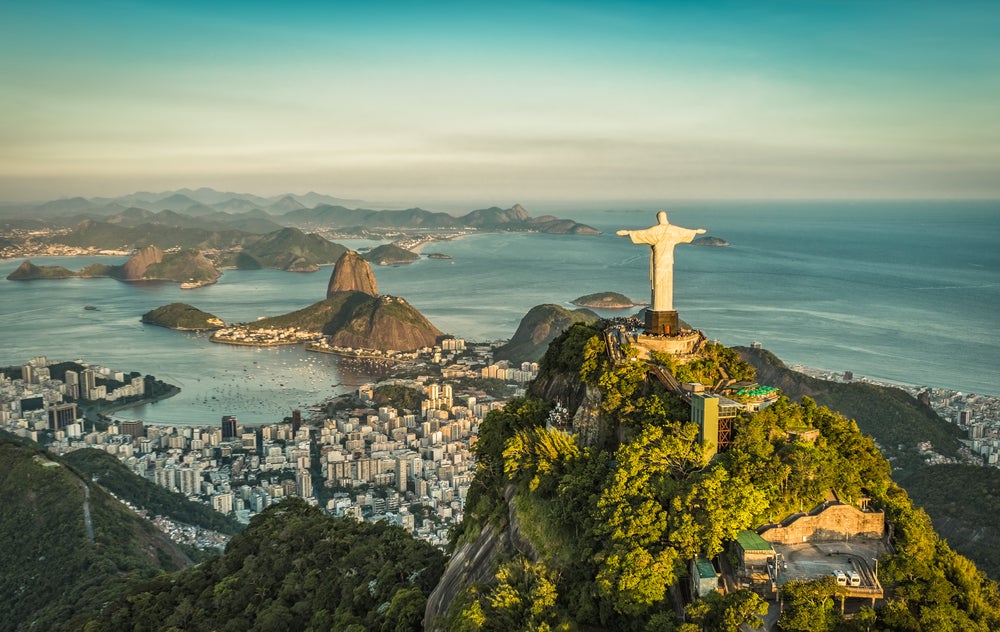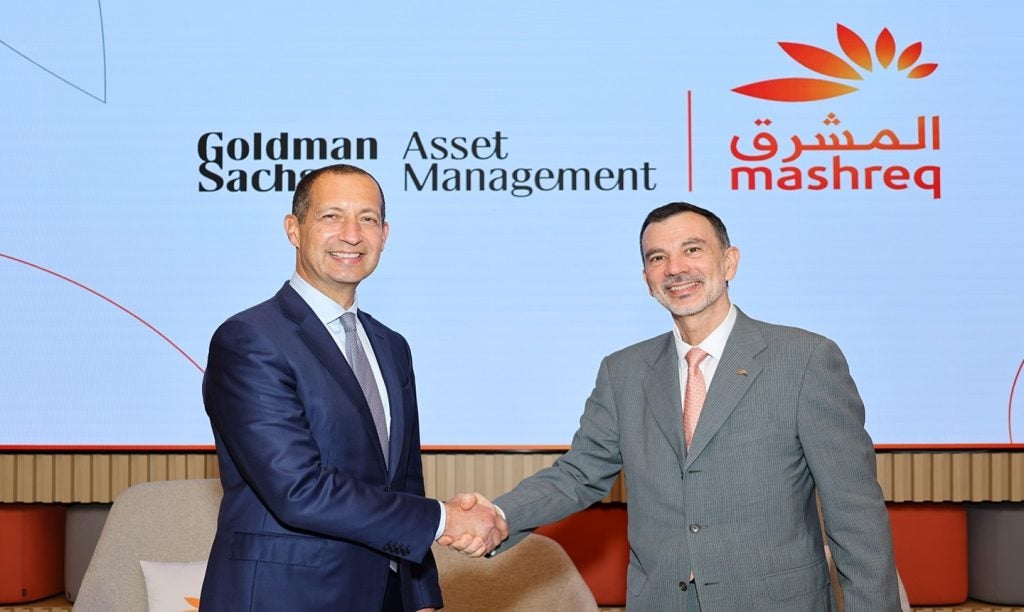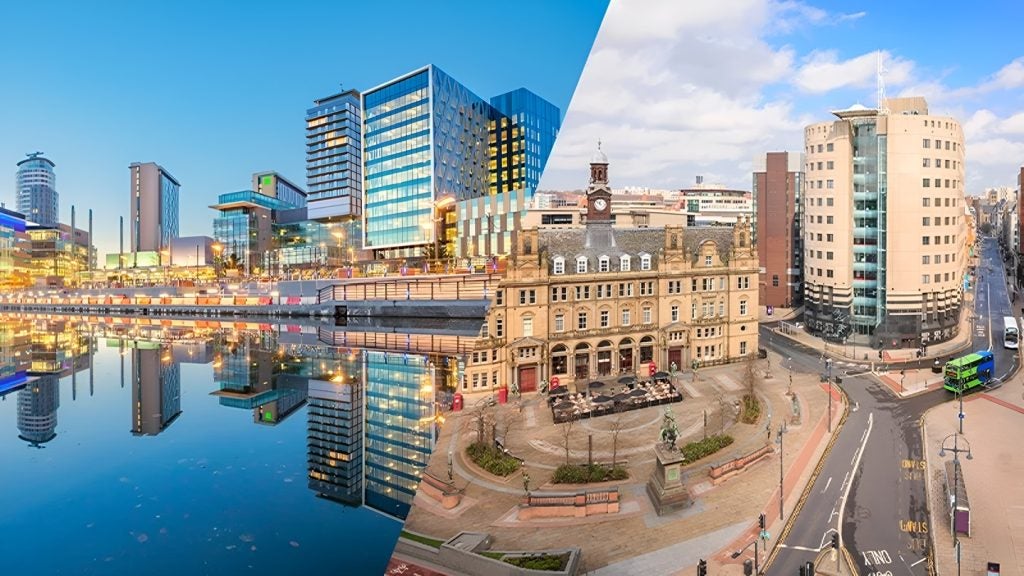
After posting the slowest growth and deepest one-year recession in a decade during the pandemic in 2020, Brazil is now facing a challenging 2022. Solange Srour, chief economist at Credit Suisse Brasil, writes on the challenges ahead for one of the largest and exciting economies in the world
Brazil’s domestic difficulties include uncertainty about the state of public accounts and the advancement of structural reforms. The country also faces global challenges such as increased inflationary pressure and possible higher interest rates in the US.
We expect Brazil to enter another recession in 2022, the third in the past eight years. GDP will likely drop by 0.5%, dragged down by a contraction in aggregate demand due to the strong tightening of monetary policy, high inflation and low consumer and businesses confidence.
As inflation is expected to remain above the upper limit of the central bank’s inflation target range for the second consecutive year, monetary policy is expected to remain contractionary throughout the year as well. Fiscal accounts are likely to continue deteriorating because of economic recession and higher social expenditures, solidifying Brazil’s place as the country with the highest gross debt-to-GDP ratio among the major emerging markets. In addition, an upcoming presidential election will add more volatility to the economy.
In 2021, Brazil’s central bank raised the Selic basic interest rate from 2.00% to 9.25%. No other country made an adjustment of such magnitude. The tightening cycle will advance significantly into contractionary territory, given the threat of inflation expectations de-anchoring from the long-term inflation target. We currently forecast the Selic to reach 12.25% in May of next year and to stay at this level for most of 2022. Such a tight monetary policy will be necessary, because at year-end 2021 inflation is significantly above the upper band of the target and economic agents do not expect the target to be met in 2022, either.
Indexation and inertia are currently very high in Brazil, as in most countries with a history of hyperinflation. What started as an external shock was amplified by unprecedented fiscal and monetary stimulus, which caused one of the strongest depreciations of the exchange rate among emerging markets. Now, inflation has become widespread and disinflation will take a long time to materialize.
In our assessment, Brazil’s main risk is entering an economic trap: social inequality and growing poverty leads to higher public expenditures (especially for social benefits). Consequently, the public accounts deteriorate, which in turn leads to lower confidence, higher inflation, higher interest rates and greater economic contraction. This ultimately circles back to even greater poverty and social inequality.
In 2021, we saw some evidence of this as a result of changes in the spending cap rule, the country’s fiscal anchor. The weakening of Brazil’s last credible fiscal rule in exchange for making it possible to pay more social benefits increased long-term real rates and contributed to the currency depreciation and de-anchoring of inflation expectations.
The advancement of the fiscal consolidation process, necessary to move away from this economic trap, is unlikely in an electoral year. In order to post primary surpluses (not seen since 2003) and revert the expected uptrend in gross debt to GDP over the next couple of years, the government must cut mandatory expenditures. These expenditures are payroll, subsidies, and pension benefits. They must strengthen the fiscal rules to regain fiscal credibility and structurally reduce interest rates.
Changes and reforms for Brazil in 2022
The most important reforms that improve fiscal accounts and boost long-term growth are administrative reform, which lower payroll expenses and increase efficiency. Other needed reforms include a reformulation of the fiscal framework, given the change in the spending cap this year, tax reform, and continued privatisations.
The presidential election in 2022 will determine if these reforms are eventually approved. With a backdrop of high unemployment and high inflation, presidential candidates are likely to adopt speeches that are pro-social spending. They could promise more benefits instead of calling for a continuation of the much-needed fiscal consolidation process.
The presidential election appears likely to be highly polarized. The incumbent President Bolsonaro currently polls with 20% to 25% of voter intentions vs. former President Lula with 30% of voter intentions. Both candidates tend to focus on social programs during the campaign. However, the possibility of a third candidate from a centrist party gaining steam is not remote as the election is still far off.
While volatility will be high next year, the result of the election could lead to a positive scenario. High inflation and recession are, of course, very unpopular, and generally destabilize administrations. We expect whoever wins the election to address the country’s need for an organised fiscal framework, which could bring about lower real interest rates and currency appreciation, reducing price pressures and improving public accounts. The incoming administration will not have the luxury to depart from the agenda of reforms, since it would push the economy deeper into recession and reduce the administration’s popularity and governability.
Thus, the challenges for the next two years are in place. It remains to be seen not only where this scenario will take Brazil, but also how it will affect the appetite of investors, wherever they may be.







